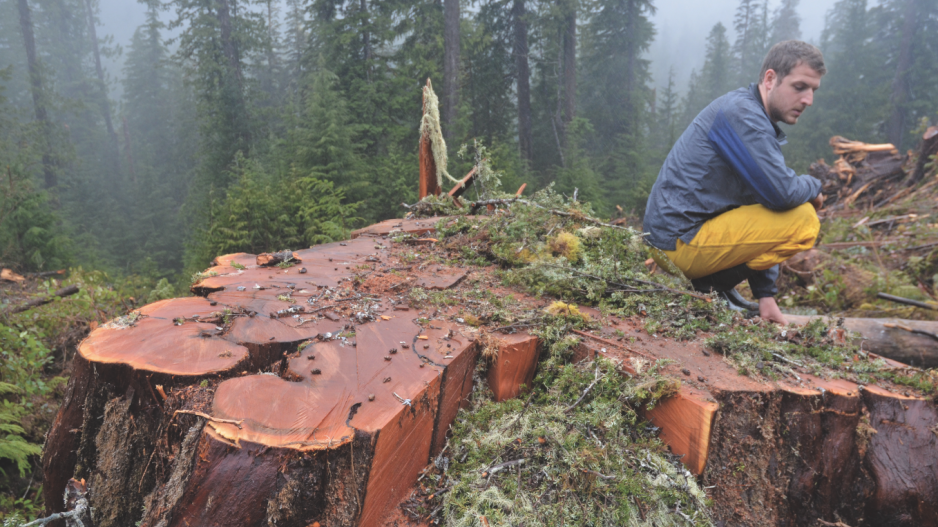On a routine basis, district forest managers raise red flags over forestry practices that pose potential public safety hazards, threaten wildlife and community watersheds, and could trigger landslides, but have no authority to stop it.
That’s the conclusion of a special report just released by the Forest Practices Board.
The report, which has been submitted to Forests Minister Steve Thomson, cites numerous examples where district managers were forced to issue permits to timber licence holders, despite knowing that doing so could pose risks and potential violations.
Some of the incidents and risks cited include:
• the cutting of non-pine species in areas where only pine infested with Mountain pine beetle was supposed to be harvested;
• a pine beetle salvage harvesting operation that left downstream water users at risk of runoff from mine tailings;
• a complaint about upstream logging where a lack of coordination between various forest license holders “increased the likelihood of flooding” of a ranch downstream;
• plans to log on steep slopes with a history of landslides at Laird Creek that raised concerns by residents that the district manager had no authority to address;
• the inability of the district manager to protect a newly discovered northern goshawk nest from logging on Haida Gwaii.
“In recent years, the Forest Practices Board has seen situations arise where forestry development was putting local environmental and community values at risk, yet district managers could do little to affect the development and protect the public interest,” the report states.
District managers used to have some discretion to ensure that forestry companies with harvesting licences were conducting forestry and road building operations that met government expectations.
But they lost that authority in 2004 when the B.C. government scrapped the Forest Practices Code – considered overly bureaucratic – for the Forest and Ranges Practices Act.
District managers are the ministry’s eyes and ears on the ground. They issue cutting permits, but as long as the permits meet three main objectives, they have no choice but to issue them, even when they have concerns about the licence holder’s plans, or when concerns are brought to their attention by the public.
“He has no legal ability to question or ensure what’s been proposed with respect to visual quality objectives or road construction or something else has actually been done,” Forest Practices Board chairman Tim Ryan told Business in Vancouver.
An incident on Haida Gwaii in 2013 is one example. The Council of the Haida Nation raised concerns over the harvesting plans of Teal Cedar Products Ltd. The main concern was over the visual impact of the company’s logging plans.
During a field review, forestry officials identified potential problems with the company’s plans with respect to the visual impact the logging would have. But when the district manager asked the company for its visual impact assessment, the company refused to provide them.
The district manager had no authority to withhold the company’s cutting permit, and the result was an eyesore.
“The visual quality plan that was designed did not end up being produced on the ground,” Ryan said.
Ryan said the concerns raised in the recent special report have been raised before in previous reports.
He said the board wants district managers to be granted the discretion to delay or withhold a permit from being issued, should a licensee's logging plans or activities fail to comply with the overarching objectives of the government Forest Stewardship Plan.




